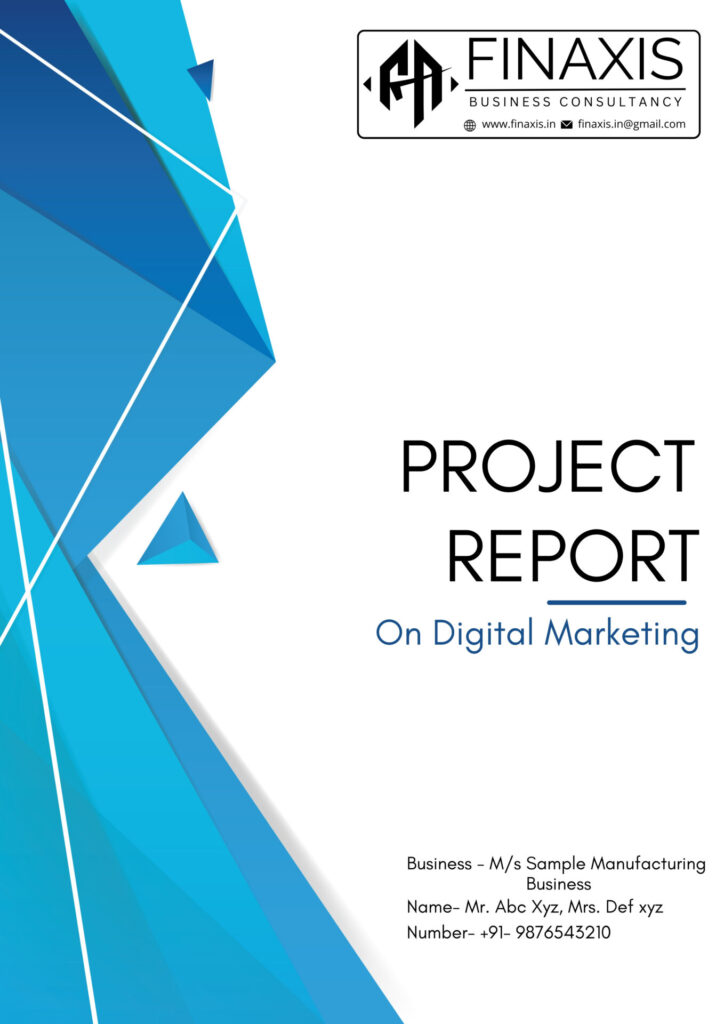Most Popular Loan Schemes In India In 2024
The following are some of the most popular lending schemes available in India:
1. Prime Minister’s Employment Generation Programme (PMEGP)
Who is eligible for the PMEGP?
- Anyone above the age of 18 can apply for the scheme.
- People with a seventh-grade education are eligible for this.
- There would be no income limit for support in establishing projects under PMEGP.
- Beneficiary Category Subsidy Rates under PMEGP (of project cost) Area (location of the project/unit) General category: 15% (Urban), 25% (Rural), and 35% (Rural) (includes SC/ST/OBC/Minorities/Women, Ex-servicemen, Physically Handicapped, NER, Hill and Border areas, etc.)
What are the benefits of the PMEGP?
- The maximum project/unit cost in the manufacturing sector is ₹25 lakhs, whereas in the business or service sector it is ₹10 lakhs.
- The remaining portion of the project cost will be financed by banks in the form of term loans and working capital.
- It would also entail the implementation of better packaging techniques, anti-pollution measures, energy-saving technology, in-house testing, and online quality assurance.

2. MUDRA (Micro Units Development and Refinance Agency, Ltd)
Who qualifies for a MUDRA loan?
- Individuals, proprietorships, partnership firms, private limited companies, public companies, and other legal formations are all eligible under the plan.
- The candidate must not be a defaulter with any bank or financial institution and have a good credit history.
- Individual borrowers may be needed to have the requisite skills, experience, or knowledge to complete the requested task.
How do I repay the MUDRA loan?
- Term Loan: – To be repaid in appropriate instalments with a sufficient moratorium period based on the cash flow of the firm.
- OD and CC Limit: – Payable on demand. Renewal and annual review as per the bank’s internal criteria.
3. Guarantee Fund Trust for Micro and Small Enterprises (CGTMSE)
Who is eligible for the CGTMSE?
- The initiative is open to both new and current Micro and Small Enterprises involved in manufacturing or service activities, with the exception of Educational Institutions, Agriculture, Self Help Groups (SHGs), Training Institutions, and so on.
- Under the Guarantee Scheme, a borrower must get an IT PAN number before obtaining a loan facility from a qualified lending institution. In addition, section 139A(5) read with section 272(C) of the Income Tax Act of 1961 requires the IT PAN to be indicated on all tax documents, including returns, challans, appeals, and so on.
What are the benefits of the CGTMSE?
The scheme provides guarantee insurance up to 50%, 75%, 80%, and 85% of the credit facility’s sanctioned amount. For credit of up to 5 lakh, micro-enterprises receive 85% guarantee cover. The guarantee cover is 50% of the credit facility’s sanctioned amount for loan ranging from 10 lakh to 100 lakh per MSE borrower for retail trade.
4. Credit Linked Capital Subsidy Scheme (CLCSS)
Who is eligible for the CLCSS?
- Small and micro-enterprises that fall within sub-sectors listed by the Ministry of MSME will be considered eligible for this subsidy plan.
- Small and micro-enterprises located in semi-urban and rural locations with a valid UAM number are also eligible.
What are the advantages of CLCSS?
- Micro and small firms in the 51 sub-sectors listed by the Ministry of MSME are eligible for capital subsidies.
- The incentive is offered to both established and new businesses. The incentive is offered to small and micro businesses in both rural and urban settings.
- The initiative provides qualified MSEs with a 15% capital subsidy, up to INR 15 lakh, for upgrading their technology to well-established and enhanced technology certified under the scheme.
5. National Small Industries Corporation (NSIC)
Who is eligible for the NSIC Subsidy?
All entrepreneurs and MSMEs who have launched their business and begun commercial production in the last year or less are eligible to apply for a provisional NSIC certificate valid for one year.
- SC/ST units will be eligible for an upfront 100% subsidy on NSIC fees for fresh registration/renewal/amendments/competency certificates, as well as inspection fees charged by empanelled Inspection Agencies or NSIC, including relevant Service Tax.
- The candidate must be an MSE with a valid Udyog Aadhar Memorandum.
What are the benefits of the NSIC subsidy?
Currently, there is a 75% rebate on the rating fee imposed by rating agencies for all types of MSEs (General or SC/ST) seeking a fresh rating.










